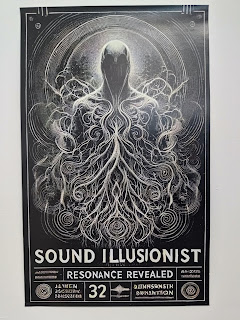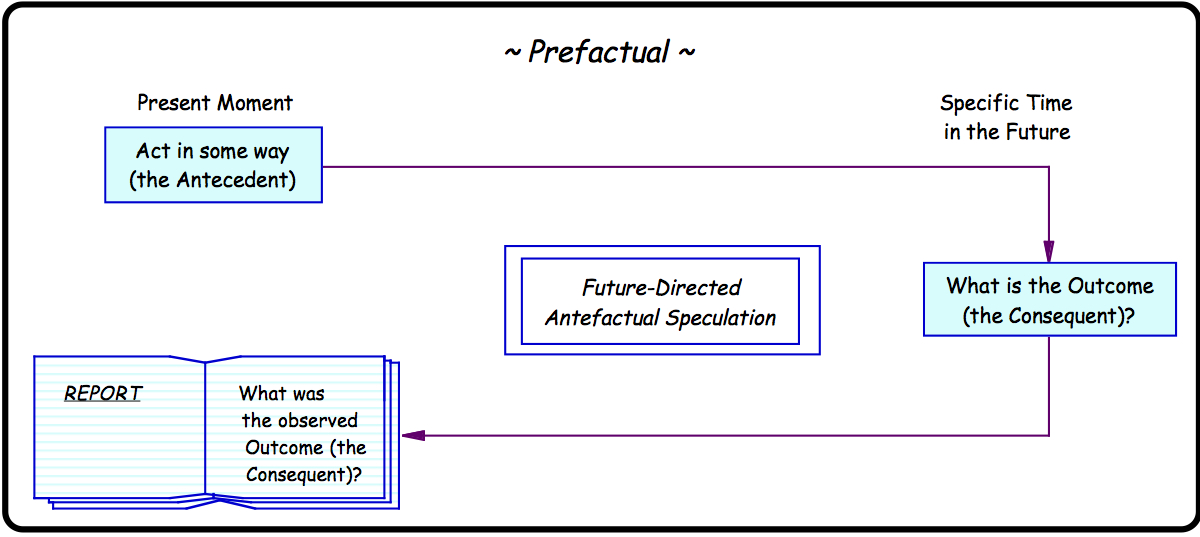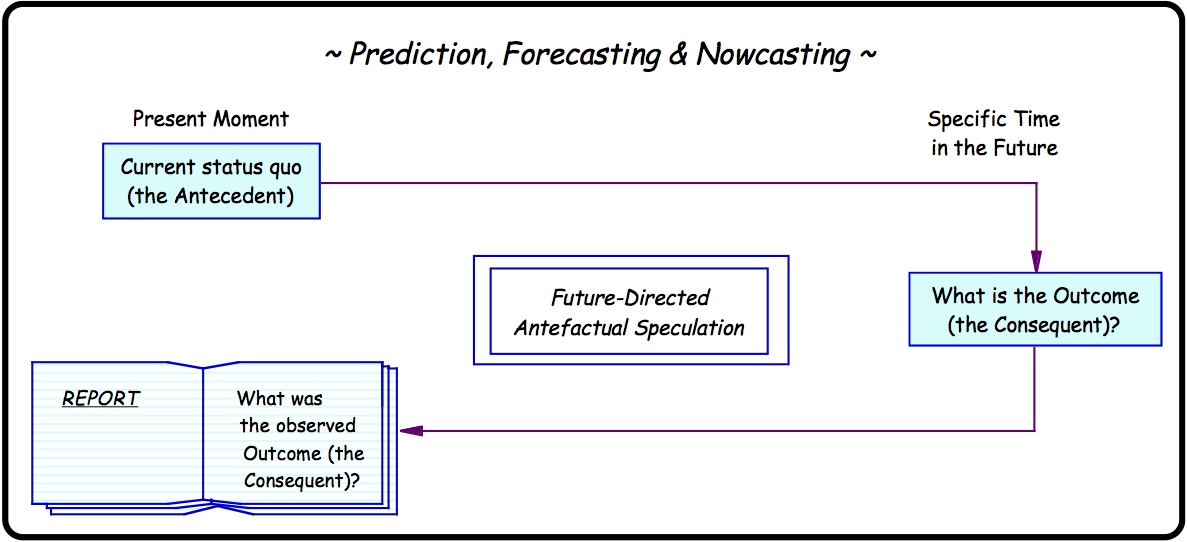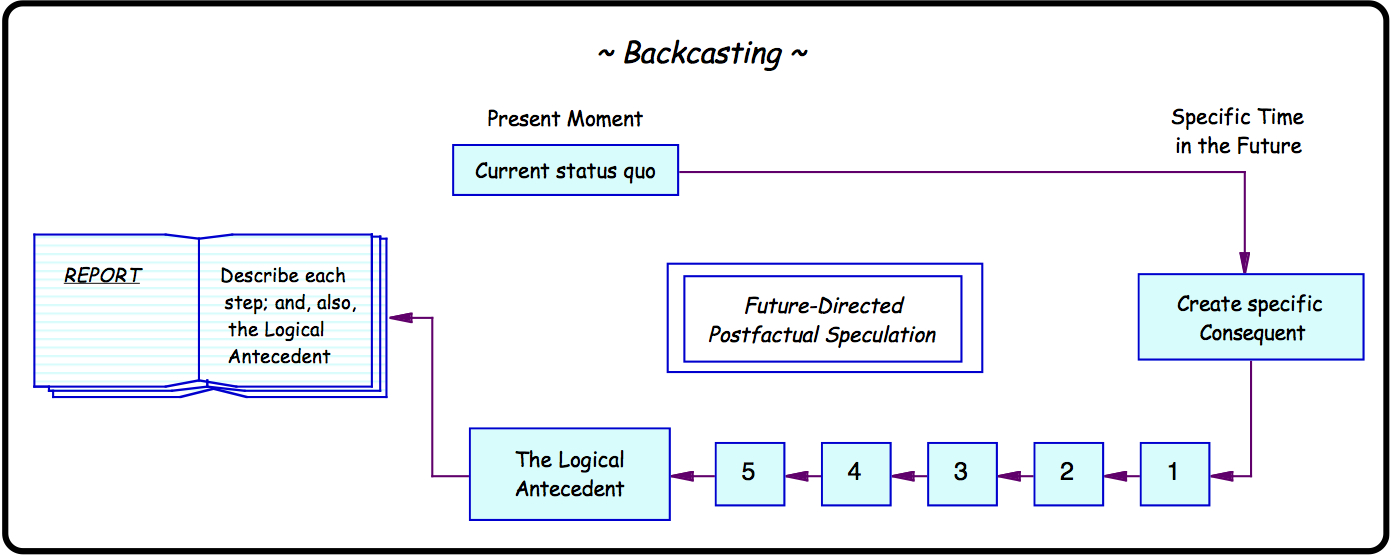Design Fictions
2024年12月21日 星期六
2024年12月8日 星期日
week 15. project discussion
1. final project progress report
2.
Final project requirement:
Design Fiction with AI (AI & possible world Entanglement)
Demo & Exhibition
1. posters (any size)
2. Design fiction props (artifacts, newspapers, DMs, ..., any other kinds of format)
3. 10 mins presentation (using PPT or report in ACM format)
Report, photos (or trailers) :
2. ACM SIGCHI Extend Abstract (EA) format 6~10 pages
3. includes: Introduction, Background, Design research gaps, The Design, the deployment in contexts (real or fictional, simulated), Probing and Data collecting, Findings and Implications, Discussion, and Conclusion
4. photos include: mood boards, concept sketches, final props and visuals, speculative scenarios in Everyday contexts (home, street, office, city, ...)
Due date: 12/16, 2024
upload to google drive
submission to ACM CHI LBW or DIS is welcome:
https://chi2025.acm.org/for-authors/late-breaking-work/
- Submission deadline: Thursday, January 23, 2025
| Abstract Paper/ Pictorials | 13 January 2025 |
| Full Paper/ Pictorials | 20 January 2025 |
| PWiP / Doctoral Consortium | 21 March 2025 |
2024年11月30日 星期六
week 14. parallel universes
Level 1:
形成我們所在的宇宙的組合方式必定發生過不只一 次,與我們自身相似的對應體(counterparts)必然存在於多重宇宙的某處。在某個與我們宇宙相近的複 本中,我們的對應體正經歷著另一個不一樣的命運。Tegmark 描述第一層次的平行宇宙有相同的物理 定律,但可能在初始值的設定上不同,例如,與我們最接近的複本中的我們的幽靈,已經經歷了 2022 年。
also see:
https://twinstrangers.net/
Level 2:
第二層的另類空間來自於宇宙大爆炸以來,空間的不規則的伸展,所形成的多重世界。根據 Tegmark 的說法,有些區域已經停止伸展並且形成泡泡,而當此泡泡爆炸,便形成新的第一層次多重宇宙。因 此,第二層次的宇宙來自於空間中的遞迴式嵌入(recursive embedding),而 Brian Greene 認為此種現象 是所謂的黑洞效應。...Tegmark 則 認爲 level 2 宇宙與 level 1 有相同的物理定律,但只是在常數和等式中代入不同的數字。
Level 4 第四層次的宇宙基來自於一個思想實驗(thought experiment):此類型宇宙的物理定律沒有絕對的必然 和我們所處的宇宙完全一樣。Tegmark 提問,一個遵循古典物理卻沒有量子效應的宇宙會如何? 時間 是離散(discrete)而非連續的宇宙會如何?Tegmark 建議 level 4 宇宙是所有數學可以描述的所有可能 世界,唯一的限制就是 level 4 宇宙不可違反數學邏輯。
Level 3 這個類型的平行宇宙就是發生在次原子層次最聲名狼藉的奇怪現象,使得物理學家做出平行宇宙的假 設。不同於 level 2 和 level 4(可能與目前的物理定律不同),level 3 對於量子現象之多重世界詮釋,並 未違反任何物理定律。次原子粒子的行為,例如電子,無法以絕對的確定性預測,僅可以機率描述, 但無法預測此機率的哪一部分被真實化(actualized),此機率以數學描述即是所謂粒子的波形函數(wave function of the particle),著名的薛丁格等式(Schrödinger equation)。量子力學的隨機函數,暗示了多重 可能世界:一個電子所有可能的位置和軌跡,只有一個會被實現,其他僅以可能的機率被理解。
哥本哈根詮釋
"哥本哈根詮釋(Copenhagen interpretation)是量子力學的一種詮釋。根據哥本哈根詮釋,在量子力學裏,量子系統的量子態,可以用波函數來描述,這是量子力學的一個關鍵特色,波函數是個數學函數,專門用來計算粒子在某位置或處於某種運動狀態的機率,測量的動作造成了波函數塌縮,原本的量子態機率地塌縮成一個測量所允許的量子態。” ~wiki
雙縫實驗
量子延遲:
惠勒延遲實驗:
https://www.bilibili.com/video/av25010229/
延遲實驗中量子改變過去:
https://www.bilibili.com/video/av11761018/
量子糾纏
- 2014年科幻電影《星際效應》
塌縮 (collapse)
1. 如果應用在人的回憶,是否有相同的現象?
2. 所謂歷史,是否有實在論 (realism),量子觀的歷史如何看待塌縮?
3. 測量是甚麼,意圖在測量中扮演的腳色如何?
4. "意圖"在回顧已發生事件中的腳色如何?
5. 逆向因果律的可能性。
參考: 念力的秘密一書第十一章 "為昨日禱告"
參考文獻:
1. Max Tegmark. 2003. Parallel universes. Scientific American. May, 40-51.
Next Week:
2024年11月24日 星期日
week 13. transmedia narratives & simulacra
"This is what we have defined as Near Future Design.
- The Design Fictions
- Simulacra
- Transmedia Narratives "
- the output of the Design Fiction phase, thus, is constituted by a set of Transmedia Narratives implementing the simulacrum for the story;
- the Transmedia Narrative is a multi-modal storytelling technique which is able to move and combine the effects of multiple media, from physical objects, to websites, urban interventions and more."
"If, as suggested by Baudrillard, we were to simulate as closely as possible a fake holdup, we just would not be able to do it, because the people and, in general, the “machine”, the process through which people constantly interpret the reality they have around them, would not be able to distinguish the signals of what is real and fake/simulated."
Transmedia Narratives
a transmedia story represents the integration of entertainment experiences across a range of different media platformsHenry Jenkins, 2007
READINGS:
http://www.slideserve.com/ally/simulation-hyperreality-jean-baudrillard-the-precession-of-simulacra-1980
https://www.google.com.tw/url?sa=t&rct=j&q=&esrc=s&source=web&cd=1&ved=0ahUKEwiF28XqrInRAhVETrwKHUpiAcUQFggaMAA&url=https%3A%2F%2Flearn2design.files.wordpress.com%2F2011%2F05%2Flecture_simulationhyperreality.ppt&usg=AFQjCNFMmzOCaCc9mgWL6wvoYJSSTSANlw&sig2=0aWOaHbZlhyUmUCtYZwlrA
Keith Cottingham - FictitiousPortraits
物體系
(http://chateaushatto.com/exhibition/ultimate-paradox-the-photography-of-jean-baudrillard/)
The language of new media
The remediation of nosferatu: exploring transmedia experiences
2024年11月16日 星期六
week 12. thought experiments
1. EX5 分享,final project idea sharing
2. Thought experiments (Speculative Everything 一書的文字)
"One way this might be possible is to treat design speculations not as
narratives or coherent “worlds” but as thought experiments—constructions,
crafted from ideas expressed through design—that help us think about
difficult issues." p. 80. SE
"一個可行之道是不要把設計推測當成敘事或條理分明的「世界」看待,而要視為能幫助我們思考困難議題的思想實驗――用經由設計表達的構思,精心建造的物品。 " P. 105
"Thought experiments are usually done in fields
where it is possible to precisely define limits and rules, such as mathematics,
science (particularly physics), and philosophy (especially ethics) to test
ideas, refute theories, challenge limits, or explore possible implications.
They make full use of the imagination and are often beautiful designs in
themselves."
"思想實驗通常是在有可能劃定界線和規則的領域進行,例如數學、科學(特別是物理學)和哲學(尤其是倫理學),來測試構思、駁斥理論、質疑限制或探究可能的後果。¹ 它們充分運用想像力,本身也常是美麗的設計。"
"One of our favorite forms of thought experiment uses reductio ad absurdum,
a type of logical argument in which one assumes a claim for the sake of
argument and derives an absurd or ridiculous outcome by taking it to its
extreme, concluding that the original claim must have been wrong because it
led to such an absurd result."
"我們最鍾意的一種思想實驗是採用歸謬法(reductio ad absurdum),在這種邏輯論證中,我們為便於討論,假設了某個主張,並將之推演到極致而導出荒謬的結果,進而斷定,既然原來的主張會產生如此荒謬的結果,它必是謬誤。" P. 107
"Another well-established form of thought experiment is the counterfactual. A
historical fact is changed to see what might have happened, if. . . . It is
sometimes used in history to understand the importance of key events and
their influence on how the world turned out."
"另一個已廣為接受的思想實驗形式是反事實(counterfactual):改變歷史事實來看看,假如……可能會發生什麼事。歷史學有時會運用這種實驗來了解關鍵事件的重要性,以及它們對世界如何演變的影響。" P. 107
"...we are
more interested in using props to transport viewers’ imagination into a
thought experiment, or what-if, and allow enough room for them to make
their own interpretations." p. 93, SE
"我們更有興趣利用道具來將觀者的想像力移轉到思想實驗,或「要是……會怎麼樣」,讓他們有足夠的空間做自己的詮釋。" P. 121
Generally speaking, there are seven types of thought experiments in which one reasons from causes to effects, or effects to causes. (wikipedia)
(1)
Prefactual (事前) (未來導向,事前推測)
Counterfactual (反事實) (過去導向,事前推測)
Semifactual (半事實) (過去導向,事前推測)
(4)
Prediction (預測) (未來導向,事前推測)
(5)
Hindcasting (後報) (過去導向,事前推測)
Retrodiction (追溯) (過去導向,事後推測)
Backcasting (未來回溯) (未來導向,事後推測)
Bladerunner (1982) 2019
Next week: (11/25)


















































